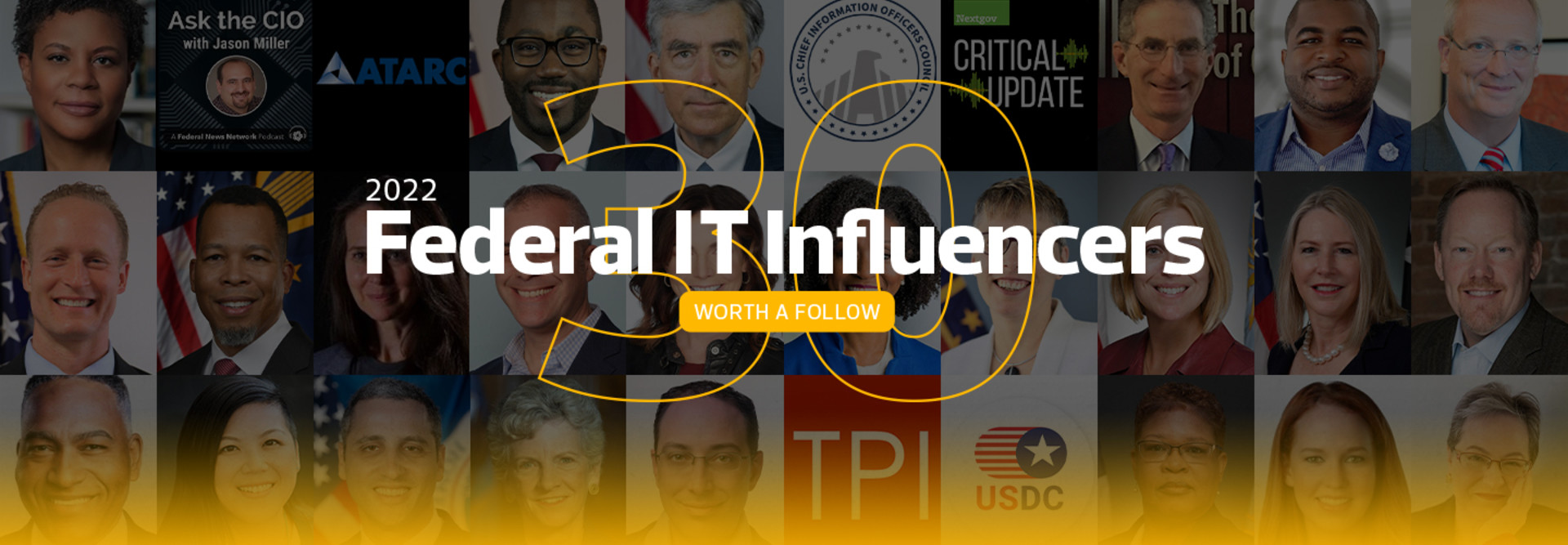30 Federal IT Influencers Worth a Follow in 2022
Federal agencies received a going-away present from 2021 as the year came to a close — the discovery of the Log4j vulnerability, possibly present in thousands of commercial off-the-shelf products and a sign that the cybersecurity environment continued to bear watching.
As 2022 rolled on, the federal government and its private sector partners worked through the possibility of Russian cyberattacks, continuing IT supply chain delays and deadlines to comply with White House executive orders on cybersecurity.
In particular, the move to zero-trust environments captured federal attention this year, as well as efforts to improve the citizen experience on government websites. The members of our 2022 “influencer list” have been on the front lines in all of these activities.
Just as these 30 federal IT influencers — listed in alphabetical order by first name — have guided their agencies, their customers and their partners through the maze that was government IT in 2022, we hope they’ll be your touchstones as well.
And if you’re on the list, tell the world; grab our IT influencer cover image for your social media pages and websites.
Click the banner below to get access to customized content by becoming an Insider.

Alondra Nelson has been performing the duties of the director of the White House Office of Science and Technology Policy since Feb. 17, 2022. She is the first Black woman to lead that office, and her portfolio includes expanding STEM participation, creating a “bill of rights” for automated technologies and restoring trust in government through evidence-based policymaking.

The podcast may be named Ask the CIO, but once a week, Federal News Network’s Jason Miller speaks not only with federal CIOs but also CISOs, technical advisers, program managers and more to get the latest news on federal technology. It’s a must-listen.

Created by the merger of two major nonprofit groups both focusing on emerging technology challenges, the Advanced Technology Academic Research Center produces this podcast, which hosts guests from both government and the private sector. One of its anchors is Nicolas Chaillan, the outspoken former chief software officer of the U.S. Air Force and U.S. Space Force.
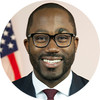
As acting chief innovation officer for the Federal Deposit Insurance Corporation, Brian Whittaker is active in attempting to increase diversity in federal IT hiring. He’s also the founder of Humans of Public Service, a website designed to celebrate the positive aspects of working in government.
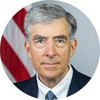
National Cyber Director Chris Inglis is an extremely busy man. As President Joe Biden’s primary adviser on cyber policy and strategy, he’s juggling major issues including government IT hiring, semiconductor shortages and a stronger digital environment for Americans in general.
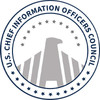
It’s where all the CIOs of federal agencies gather. Led by Federal CIO Clare Martorana and Federal CISO Chris DeRusha, the council establishes guidelines and best practices for agencies’ IT projects, and provides a space for CIOs to network and share ideas and lessons learned across government.

Spend 20 to 40 minutes with the Critical Update podcast and you’ll be up to date on deepfakes, supercomputing, quantum technology and other innovative IT. After 13 seasons on the virtual air, this podcast — hosted by Nextgov reporters and editors — remains a valuable source of information.

Daniel Chenok, executive director of the IBM Center for The Business of Government, frequently speaks and writes on cybersecurity, government IT modernization, technology spending and presidential transitions. He worked in government until 2003, ending his career as the branch chief for information policy and technology for the Office of Management and Budget.

With extensive experience in both government and the private sector, Darryl E. Peek II, the head of federal strategic partnerships at Google Cloud, knows how to work both sides of the aisle. His department helps federal agencies deploy cutting-edge technologies, devices and platforms.

Dave Wennergren is the CEO of the American Council for Technology-Industry Advisory Council, an influential public-private partnership that works to improve the business of government through technology. ACT-IAC’s annual Imagine Nation conference attracts a couple thousand federal and private sector technology experts, and its white papers form an intellectual foundation for government policymakers.
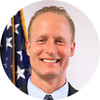
Of the federal CIOs currently holding the position, David Shive has been on the job the longest. He was named General Services Administration CIO in April 2015, and his experience in technology issues ranging from IT modernization to telework has earned him the respect of his fellow tech experts.
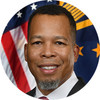
Don Means Jr. is director of the Operations and Infrastructure Center for the Defense Information Systems Agency, overseeing the IT infrastructure used by the nearly 3 million Department of Defense employees worldwide — warfighters and civilians alike.

Two-time Bronze Star recipient and pop culture stan Jen Easterly is the second person to run the Cybersecurity and Infrastructure Security Agency, which takes the lead in protecting the nation against cyber incidents. She has moved CISA’s focus to making the issue accessible for all Americans, with programs that help schools, local election officials, and businesses large and small build stronger cybersecurity.

Jonathan Alboum is the principal digital strategist and federal CTO at ServiceNow, working to help federal agencies boost productivity with new digital solutions. As U.S. Department of Agriculture CIO from 2015 to 2017, he oversaw a $3 billion IT modernization project for the agency, which remains a leader in that area.

Okta Vice President for Federal Katy Mann leads the identity protection company’s efforts to boost zero-trust security strategies among federal agencies. She’s also one of FedScoop’s 2022 Best Bosses in Federal IT.

Before she was named principal deputy national cyber director in June 2022, Kemba Eneas Walden worked with Microsoft’s Digital Crimes Unit, leading its ransomware program and providing legal counsel to the company’s election security team. She’s one of the highest-ranking Black government officials focusing on cybersecurity.

Lead author of the extremely informative Great Government Through Technology blog, Laura Stanton is also the assistant commissioner of the General Services Administration’s Office of Information Technology Category. The blog offers fresh tips on changes in procurement practices, updates on new government IT schedules and helpful information on just about anything a federal IT worker could want.
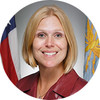
Air Force CIO Lauren Knausenberger’s team of 20,000 IT experts works on technology either fresh off the factory line or produced in the past century. She has been evolving the Air Force into a forward-thinking tech environment, taking the lead in building agile software factories, upgrading and consolidating the service’s network, and attracting the attention of potential new workers with a happy mix of sci-fi references.

Space Force’s first chief technology and innovation officer, Lisa Costa was previously CIO for U.S. Special Operations Command. She brings experience in open-source intelligence, Big Data and early warning systems for weapons of mass destruction to her position, created in 2021. At Space Force, she ensures that the new service uses the most appropriate cutting-edge technology and manages its space-based data efficiently.

Vice president for Amazon Web Services’ Worldwide Public Sector, Max Peterson runs the division responsible for providing cloud services to government agencies — including those that work with top-secret data. He’s a frequent speaker at Amazon events.
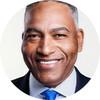
Michael A. Echols is the CEO of Max Cybersecurity, a cybersecurity consultancy with clients in the federal government, and a Washington, D.C.-based member of the Latinos in Information Sciences and Technology Association. He’s also the author of Secure Cyber Life: The Government Is Not Coming to Save You, which outlines ways that private citizens can secure their information.

Raylene Yung is executive director of the hottest source of money in government today: the $1.2 billion Technology Modernization Fund. With money appropriated from both the annual budget and the American Rescue Plan, the TMF provides funding for agencies whose budgets can’t support all of their modernization plans.
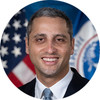
Robert Silvers’ official title at the Department of Homeland Security is under secretary for strategy, policy and plans, meaning that he’s in charge of making sure key plans are implemented across the agency. He is also chair of DHS’ new Cyber Safety Review Board, which examines major cyber incidents such as the Log4j vulnerability and pulls lessons from them for the future.

General Services Administration Administrator Robin Carnahan brings a long history of IT experience to the job. She led the State and Local Government Practice at 18F — GSA’s tech consulting department — from 2016 to 2020. Her agency is also home to FedRAMP, the Technology Modernization Fund and a host of technology purchasing programs.

To use Microsoft Federal Security CTO Steve Faehl’s own words, “I incubate and evangelize new security strategies to disrupt emerging cyberthreats.” His current focus is zero trust and its implementation, and he has worked with the National Institute of Standards and Technology to create zero-trust architectures for agencies new to the concept.

The excellently named Two Think Minimum podcast is produced by the Technology Policy Institute, a think tank that focuses on the economics of innovation and technological change. Recent topics include 5G spectrum auctions, content governance and Section 230 of the Communications Decency Act.

For every four federal IT workers over age 60, there is only about one under age 30. IT specialists are retiring from government faster than they can be replaced, and the Biden administration launched the U.S. Digital Corps last year to bridge that gap. The corps launched in summer 2021 as a cross-government fellowship operated by the General Services Administration’s Technology Transformation Services. The diverse 2022 class consists of 38 fellows whose expertise spans data, design and cybersecurity.

As the principal cyber adviser for both the Air Force and Space Force, Wanda Jones-Heath coordinates the implementation of the forces’ cyber strategy and oversees recruitment and training of new cyber-oriented airmen and guardians. She was also a key actor in the Air Force’s transition to telework in 2020.

Wendi Whitmore is the senior vice president in charge of Palo Alto Networks Unit 42, the company’s threat assessment arm and incident response leader. A sought-after speaker, she previously ran IBM’s X-Force incident response team. She’s also a member of the Department of Homeland Security’s Cyber Safety Review Board.

The head of advisory CISOs at Cisco, Wendy Nather leads a team that helps the company’s Security Business Group with security strategies related to architecture, design, product roadmaps and customer experience.



